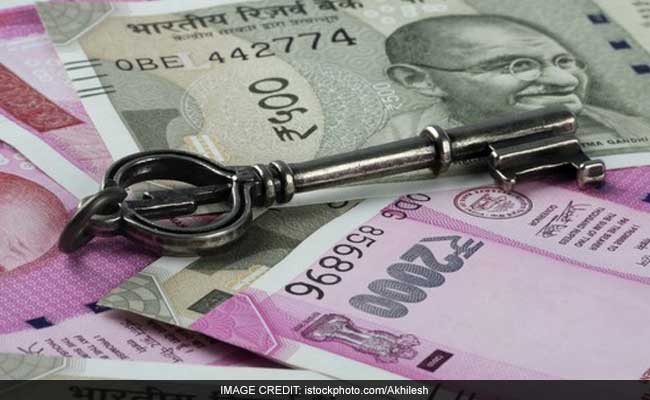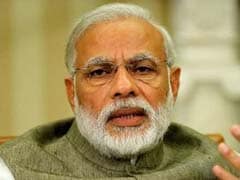The decision of Employees' Provident Fund Organisation (EPFO) - the retirement fund body that runs the EPF scheme - to slash interest rates on EPF for fiscal 2016-17 was a big disappointment, said experts, because a 10 basis points dip in the compulsory investment will act have a huge affect on the salaried class.
"The subscriber base of about 5 crore Indian salaried will experience a detrimental influence on the corpus being built for retirement," said Arun Ramamurthy, Director, Credit Sudhaar, a credit and finance platform.
So, the slash in interest rate means that employees will now fetch a lower overall income in fiscal 2017-18 as compared to the previous years.
"The move will affect around five-six crore subscribers and leave EPFO with a surplus of Rs 580 crore agaisnt Rs 695 crore in the previous financial year," said Abhinav Angirish, Founder - www.InvestOnline.in, a financial website.
"For subscribers it (cut in EPF rate) is indeed a negative as they will get lower interest rates. But the PF rate is still completely delinked with the market rates," said Raghvendra Nath, Managing Director, Ladderup Wealth Management, a private wealth management firm.
EPF rate is not linked to the market-related instruments like equities, which means that the returns of EPF are fixed and assured unlike the returns of stocks, bonds, and debt instruments, whose returns depend upon the movement of markets. The income of an EPF subscriber is, thus, assured.
However, in a positive move, the EPFO, decided to cut the administrative charges on EPf from April 1 to 0.65 per cent of the total wages of an employee. this decision is welcome for over 6 lakh employers who will save around Rs 1,000 crore due to this move. But does this benefit the employees?
Mr Nath does not think that it will have a major impact for EPF subscribers.
"While this is a welcome move but the reduction in administrative charges will not be able to compensate for the reduction in interest rates," said Mr Ramamurthy.
"The slashing of administration charges from 0.65 per cent to 0.50 per cent will definitely help the subscribers but will have a very minute impact on the overall return of the investment. Therefore, we believe, it would hardly make an impact to "EPF" as an overall asset class," said Mr Angirish.
But there's something in EPF that still makes it attractive and that is its EEE or exempt, exempt, exempt status, which means that subscribers do not have to pay any interest on the income earned from EPF.
"Provident fund is a tax-free instrument with the tax structure of EEE (Contributions are exempt from tax, earning are exempt from Tax as well as withdrawal is also tax free). So no other fixed income instrument can beat it,"said Mr Nath.
Also read: SBI Public Provident Fund (PPF) Accounts: 10 Points
New Bill Proposes To Make Premature PPF Withdrawal Easier
"A small saving scheme like NSC (national savings certificate) offer interest rate at 7.6 per cent and Kisan Vikas Patra offers yield at 7.3 per cent which comes with taxability on interest earned. Whereas EPF offers 8.55 per cent as of today and apart from enjoying a tax exemption PF also offers relatively higher returns in comparison to other saving scheme making it attractive salaried class," said Mr Rohira.
Comments
"The two major advantages of PF as compared to other Post office saving scheme and bank deposits are comparatively higher rates of interest and tax exemption available at time of retirement. There are no two views that PF still ranks as most attractive saving option for subscribers which helps to ensure a reasonable level of post retirement standard of living," said Rajeev Mahajan, Co-founder, Director & CEO of Antworks Money, an online financial services portal.Thus, EPF continues to fetch an interest rate that is much higher than other fixed income instruments. EPFO invests the EPF money into equites, exchange traded funds and other asset classes.














